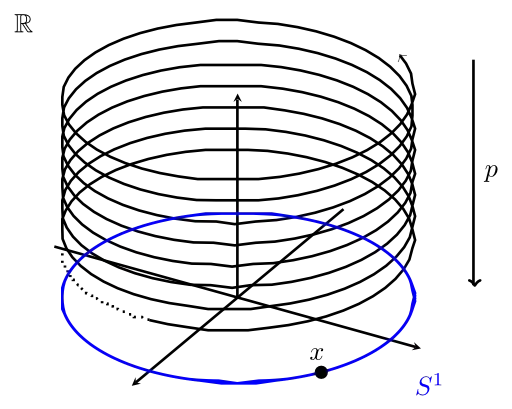I am interested in getting a stronger intuition for quotient groups. I found this related thread on MSE, but these answers do not seem sufficient for me.
The way I look at quotient groups is the following:
If we have a group $G/H$, then we split up the group $G$ in bigger parts, with the same size as $H$. Moreover, $H$ becomes the neutral element of this group.
For example, when we consider the quotient $(\mathbb{R}_0,.)/(\mathbb{R_0}^{+},.)$, it makes sense that this group is isomorphic to $\mathbb{Z}_2$, since we divide $\mathbb{R_0}$ in 2 bigger parts ($\mathbb{R_°^{+}},-\mathbb{R_°^{+}})$
Another example: $\mathbb{Z}/3\mathbb{Z}$
Here, in the quotient,we have that $3\mathbb{Z}$ will become the neutral element of the quotient group. This means, every time we encounter a multiple of $3$ in $\mathbb{Z}$, we start over again and counting from $0$.
However, I find that my intuition is lacking when considering examples like $\mathbb{R}/\mathbb{Z}$, which should be isomorphic to the unit circle in the complex plane.
So, are there other ways to visualise/think about quotient groups?
Thanks in advance.
